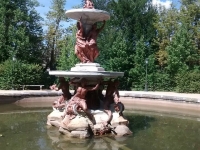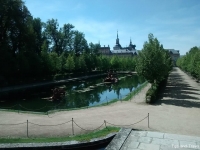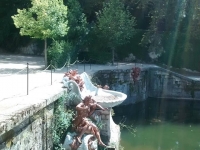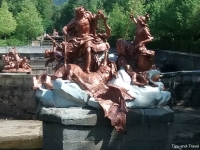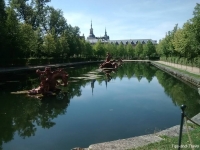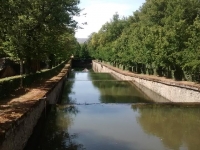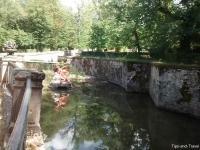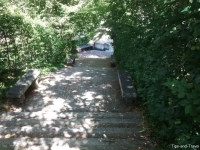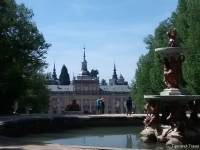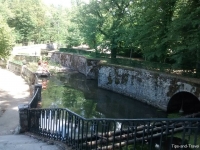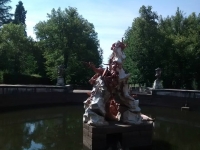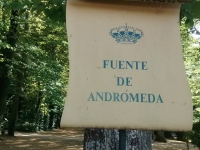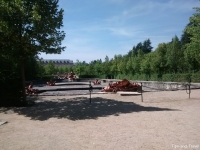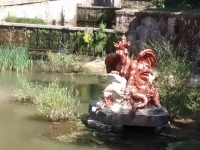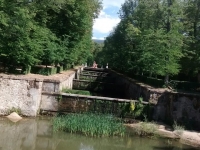San José, founded in 1738, is the capital and largest city of Costa Rica. It is also the capital of the province of San José. The city is located in the centre of the country at 1,200 metres above sea level, on the plateau of the Central Valley, 130 km from Puerto Limón on the Caribbean coast and 115 km from Puntarenas on the Pacific coast. Surrounded by mountains and volcanoes, the city has a spring temperature in all seasons; between 18 ° C and 25 ° C. She is known for its old quarters: Amon, Otoya, and Soledad.with colourful varied and amazing wooden houses. Several museums worth a visit: the Museum of Gold, which is certainly one of the most beautiful jewels of Latin America; the Museum of Jade, with the largest collection of pre-Columbian America’s jade and the National Museum, which contains many pieces of sacred art and pre-Columbian objects, a room devoted to the Costa Rican civilization which tells the story of the country and a room that pays tribute to President Oscar Arias Sanchez, Nobel Peace Prize in 1987. To visit also: the Central Market, the National Theatre, the Metropolitan Cathedral, the Church of Grace and the Church of Solitude.
Tips
If you like to buy crafts, there is a daily market on the Square of Democracy.
If you are with children, you can visit the Recreation Centre ‘El Pueblo’ that represents a Spanish village in the 1930s with characters in period costumes, dances and traditional attractions. You will find handicrafts shops, bars and restaurants.
If you want a good coffee while you enjoy the art exhibitions, go to the National Theater, you might know local artists exhibiting there.
If you want to spend a weekend as the locals, go to La Sabana Park, with its large pond and its many sports facilities, this park has all the ingredients for a good time, buy your snacks at a local store (pulperia) and enjoy the park.
Invalid Displayed Gallery
